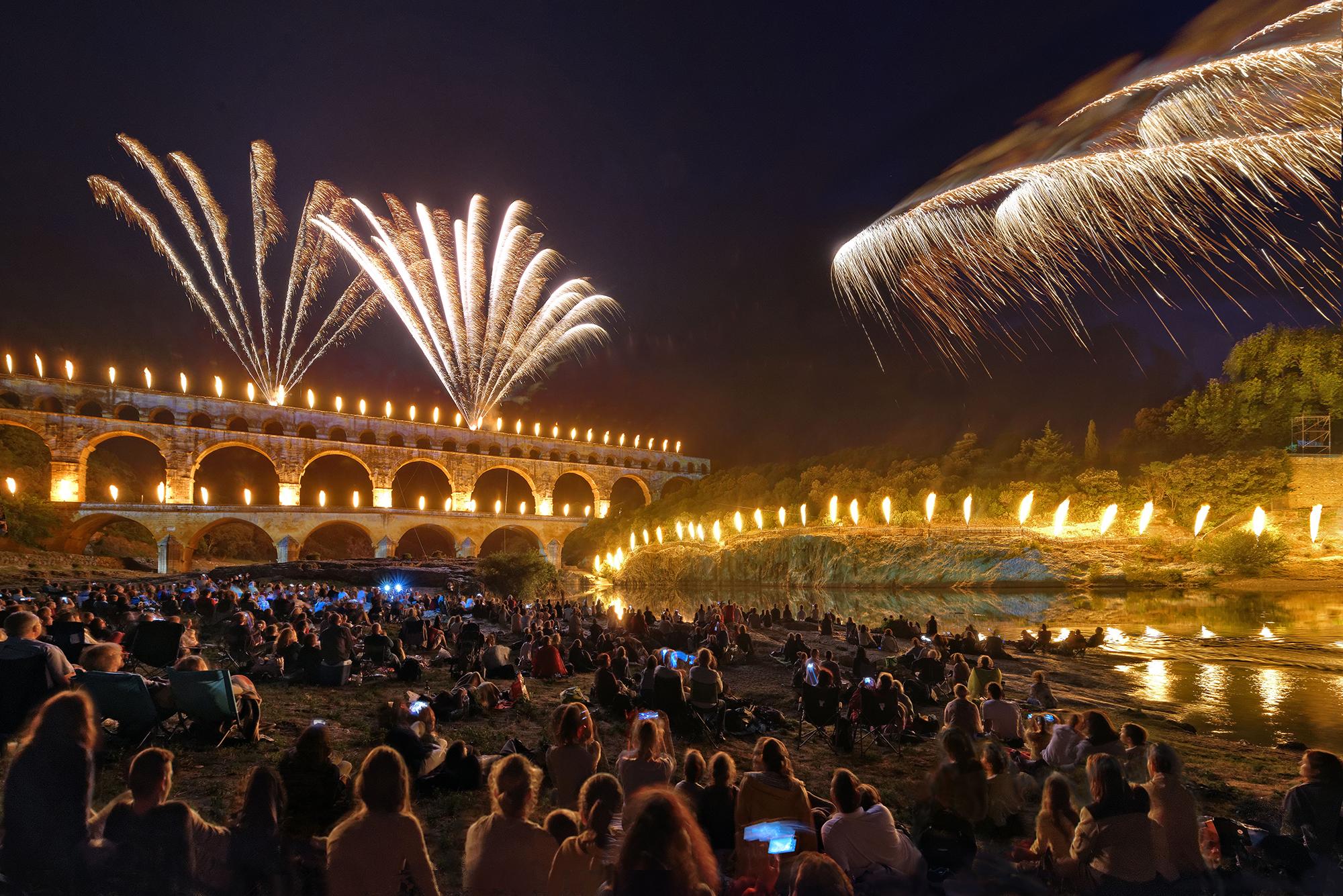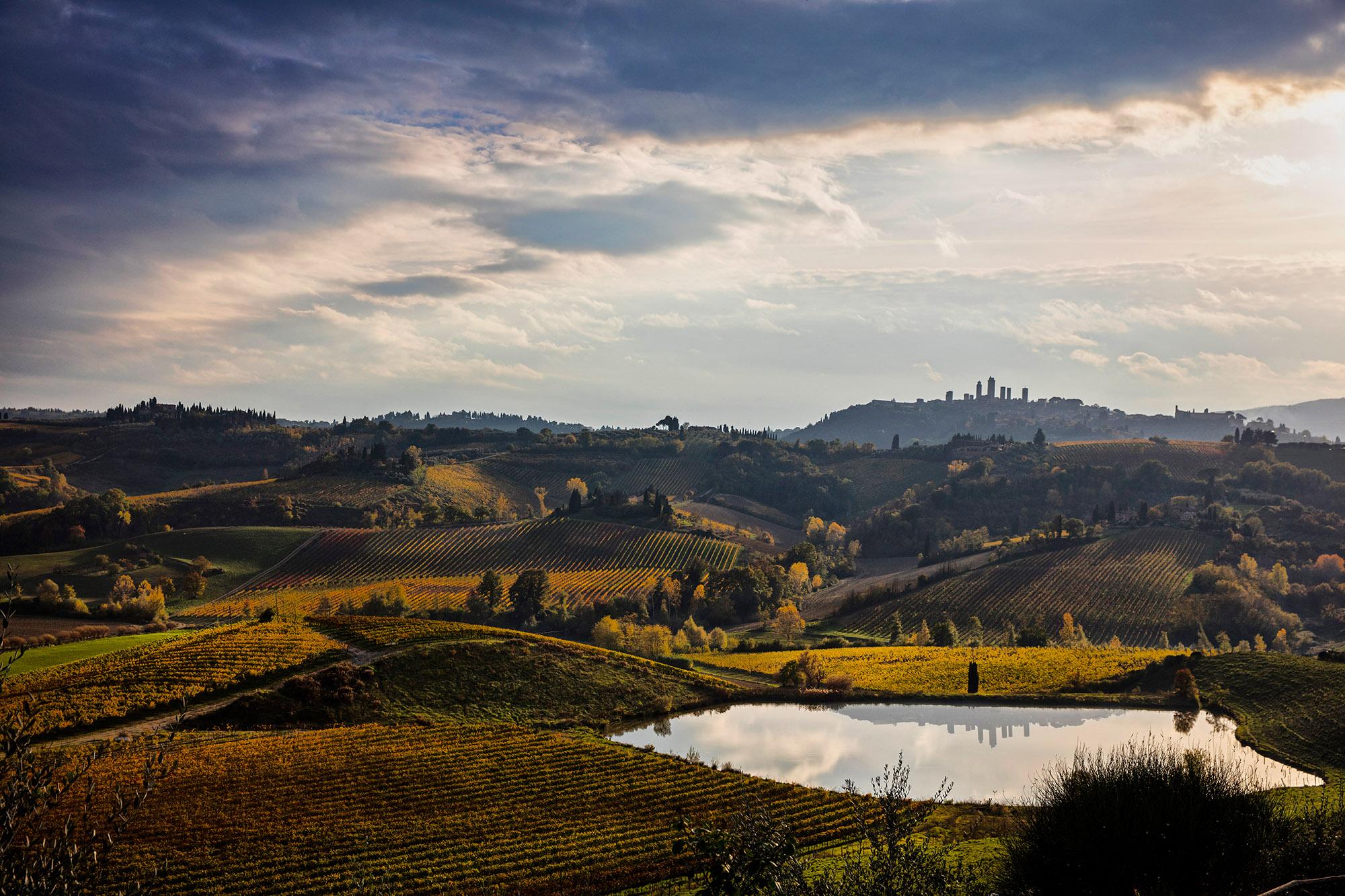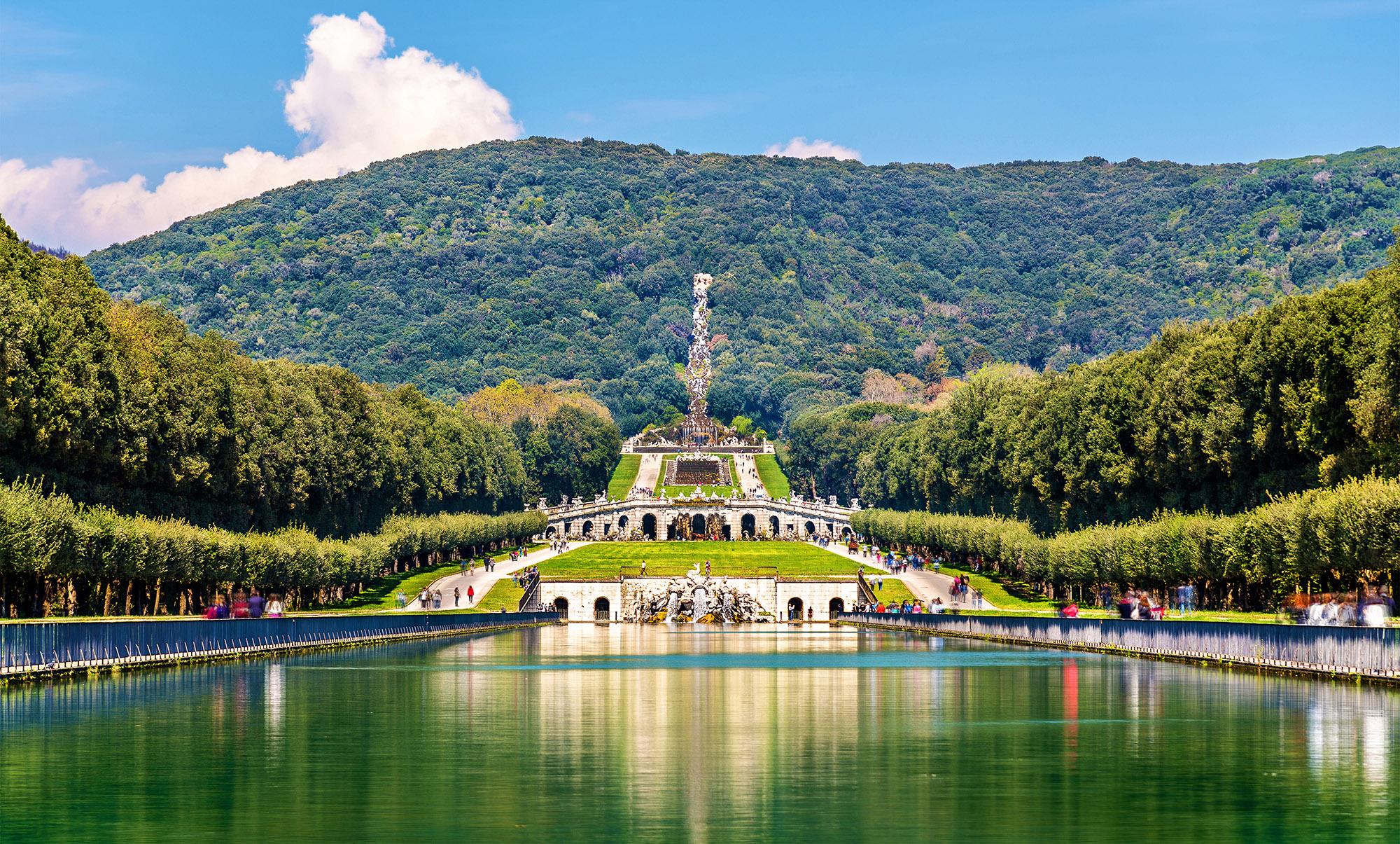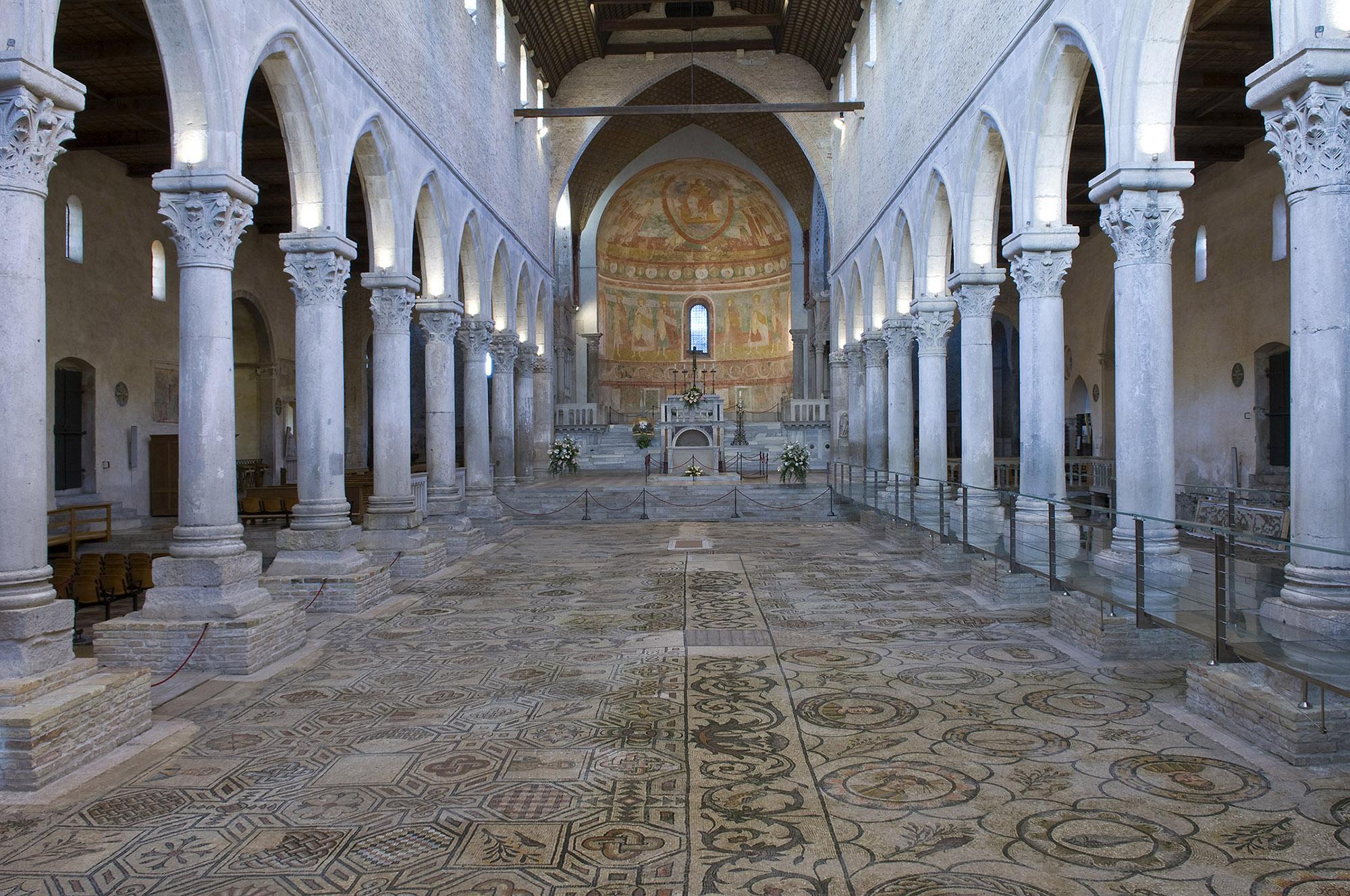Take a World Heritage Journey through France and Italy by rail
Eurail has created a series of itineraries connecting the World Heritage sites featured in VisitWorldHeritage.com.
1. Pont du Gard, France
The Pont du Gard stands almost 50 m high and 275m long, creating a living masterpiece. As one of the most important symbols of the Roman Empire, it is well preserved even today. The aqueduct bridge is part of the Nîmes aqueduct, a 50-kilometre system built in the heyday of Augustus to carry water to the city of Nîmes to guarantee the adequate water supply for the citizens. Nowadays, the role of the bridge as a road is weakened, but the charm of the ancient architectural technology and Roman art still remain. It is not only a masterpiece of hydraulic engineering, but also the reflection of human artistic creativity.
Nîmes is one hour from Marseille by train.
2. Historic Centre of San Gimignano, Italy
San Gimignano is an ancient city with a long history. It has conserved the ancient urban layout. Many high stone towers built by noble families in the 14th century, which used to be the symbols of power and wealth, have now become the unique historical and cultural relics of ancient Europe. Towers, streets, castles, and city walls all reveal a strong atmosphere of medieval territories, making visitors feel like stepping into the city from a European opera. You can spend multiple days here to explore this ancient city, or you can also take a guided tour to learn more about it. If you get tired, just look for a small restaurant and taste the famous local white wine.
It takes about 12 hours in total to first go back to Marseille from Nîmes, then take the train from Marseille to Menton, then go to Genoa in Italy, and finally arrive in San Gimignano.
3. Caserta Royal Palace and Park, Italy
The Caserta Royal Palace and Park was designed by one of the greatest Italian architects of the 18th century, influenced by the styles of Rome, Tuscany and Versailles. It is a combination of magnificence, elegance and delicacy. The layout of the garden outside the palace is harmonious with the natural scenery. The best time to visit is spring and summer. The decoration inside the building is gorgeous with thousands of luxurious rooms and a large opera. It also has been used as a setting for many movies.

It takes about 4h15 from San Gimignano to Caserta by train.
4. Archaeological Area and the Patriarchal Basilica of Aquileia, Italy
Aquileia was one of the richest and most important cities of the Roman Empire. It is a city at the crossroads of religions and was one of the liveliest hubs in the Christian world of Europe. Today, by strolling in the Archaeological Area of Aquileia, you will not find the old-time prosperity, but you will find the ruins of the solemn church, revealing the shadow of the Roman Empire. There are many churches in the Archaeological Area, so you can fully experience the Christian culture and the Roman society with the remaining religious atmosphere that flourished at that time.
Aquileia can be visited in every season. By the time of sunset, the beautiful reflections on the church will surely be an unforgettable sight.
It takes about 4h15 from Caserta to Aquileia by car, passing through Florence and Venice.
5. Milan, Italy
Milan is one of the most famous fashion and design capitals in the world. Go to Milan and enjoy the blend of the local fashion atmosphere and ancient Roman history. When it comes to this vibrant city, you will think about the opera, football, high-end fashion luxury and important financial centre, which makes this city more colorful and worth the visit.
It takes about 4h to go to Milan by train.
